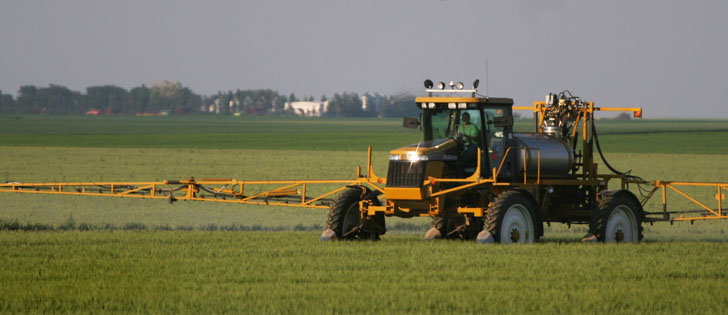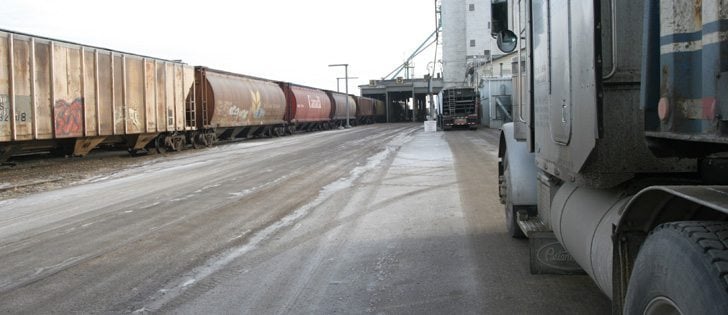Noxious weed | The flowers and buds should be bagged before disposal
RED DEER — An unwelcome weed has rooted itself in irrigation canals east of Calgary.
The flowering rush was found growing in some canals, banks and headworks in the Western Irrigation District east of Calgary and around the town of Chestermere last year.
It could now take years to bring it under control, said weed inspector Kendra Tippe of Rocky View County.
The Eurasian native was first seen in Canada more than 100 years ago and was probably used as a hardy perennial ornamental plant. It can be found across Canada.
Read Also

VIDEO: Claas Axion 9.450 tractor wins ‘Tractor of the Year’ at Agritechnica 2025
On opening day of Agritechnica 2025, Claas’ Axion 9.450 Terra Trac tractor was awarded ‘Tractor of the Year’ for 2026 in the HighPower category.
It has a thick root system and triangular shaped stems with attractive flowers containing three pink or white petals. It is prolific and can grow elsewhere if the roots break off, choking out other vegetation.
“Any part of those roots can break off and be viable,” Tippe said at the recent Alberta Invasive Species Council meeting in Red Deer.
Alberta classifies it as a prohibited noxious weed. Under provincial legislation, it must be destroyed.
The county is the local weed authority and must take the lead, working with Alberta Environment, which manages the headworks, and the irrigation district, which controls the irrigation system.
No herbicides are registered for the weed, which makes digging out the plants the best possible control.
The canals were dredged and the sides scraped in a trial project last fall. Debris was removed from 250 metres of canal bank on either side, but Tippe estimates 11 kilometres from Chestermere Lake to Calgary need to be maintained if the weed is to be removed.
The flowers and buds should be cut off, bagged and disposed of before June 1 to get rid of seeds. Researchers do not know if the type of flowering rush recently found in Alberta is the triploid variety, which means the seeds would not be viable.
The rush has also been found in Red Deer County, said Maureen Vadnais of Alberta Agriculture.
Other pests continue to appear.
Himalayan balsam has been found in the Municipal District of Bonnyville and Lacombe County.
It is often found in riparian areas and grows large with prolific seed production.
Purple loosestrife is returning along the Bow River and Edmonton and Wabamum Lake areas of central Alberta.
Other jurisdictions in the Edmonton area are finding common buckthorn and garlic mustard. Orange hawkweed has been sighted in central Alberta. It is sometimes sold as an ornamental at garden centres.
Varieties of knapweed have been found in the province, including spotted, diffuse, big head and Russian knapweed.
The Alberta pest surveillance system is trying to learn what weeds are present in the province. Call 310-2777 to report suspicious plants.
Also, visit www.invasiveplants.ab.ca/ for pictures and full descriptions of these plants.















